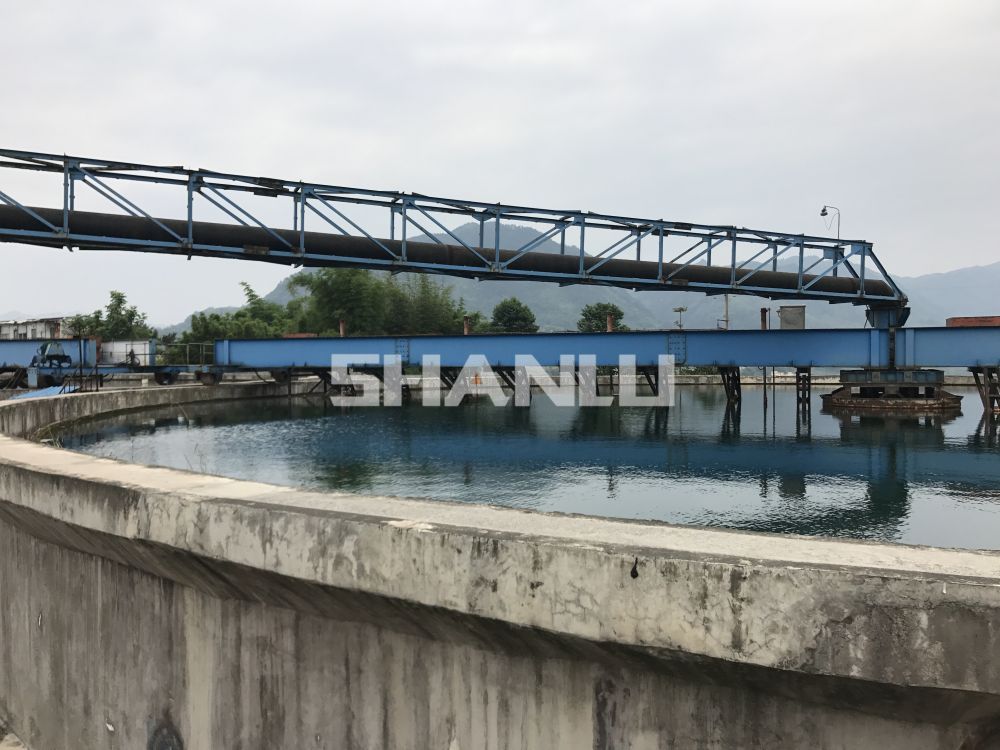The production efficiency and capacity of a thickener depends on a number of factors, including the type of thickener, size, operating parameters, material characteristics, and process requirements. Different applications and equipment specifications will result in different production efficiency and capacity. Here are some general guidelines:

Thickener type: Different types of thickener have different production efficiency. For example, a large round thickener usually has a higher capacity, while a small band thickener has a lower capacity.
Equipment size: The size of the thickener directly affects its production capacity. Large-size thickeners are usually able to handle more slurry, resulting in higher productivity.
Operating parameters: The operating parameters of the thickener, such as the feed speed, the depth of the pool, the mixing speed and the location of the overflow port, will affect its production efficiency. By adjusting these parameters, different concentration effects and productivity can be achieved.
Material characteristics: The characteristics of the material, including the size, shape and density of the solid particles, as well as the viscosity of the liquid, affect the performance of the thickener. Some materials may be easier to handle, while others may require more handling time and resources.
Process requirements: Process requirements may require higher concentration effects, which may affect the production efficiency of the thickener. Some applications require a higher concentration ratio, while others can tolerate lower concentrations.
Overall, the capacity of a thickener is usually measured in tons (t/h) handled per hour. A typical large circular thickener may have a capacity of several hundred t/h, while a small band thickener may have a capacity of only a few t/h. The specific capacity depends on a combination of the above factors, as well as operating conditions and process requirements. In practical applications, it is best to evaluate the capacity and production efficiency of the thickener according to the specific equipment and process. Manufacturers often provide technical specifications and guidelines on the capacity of their equipment.